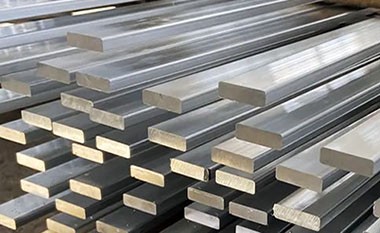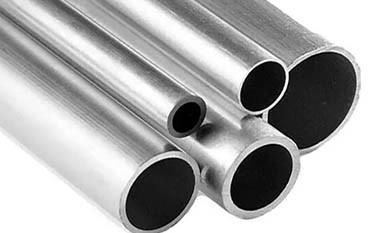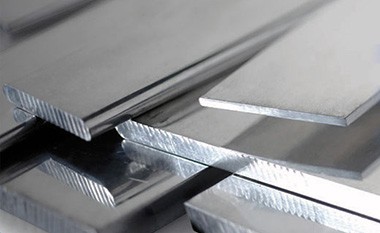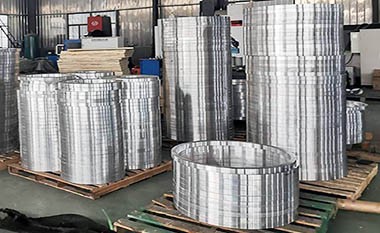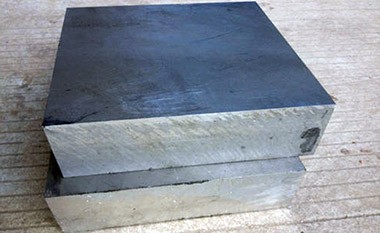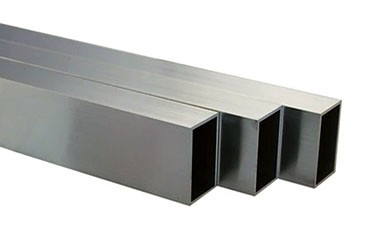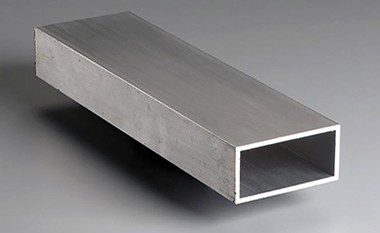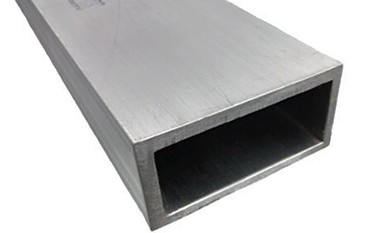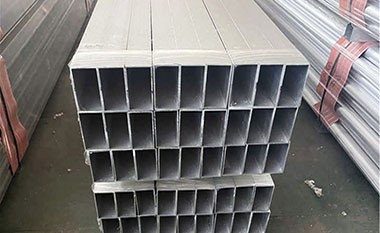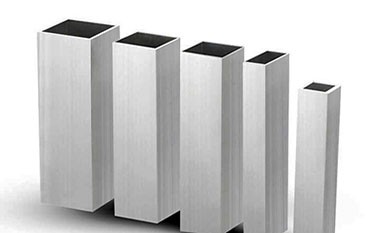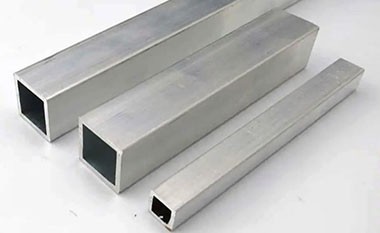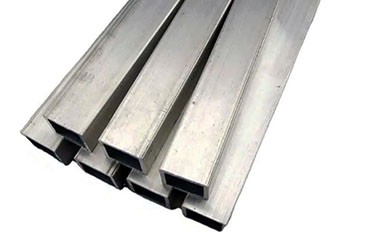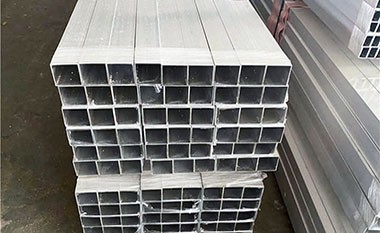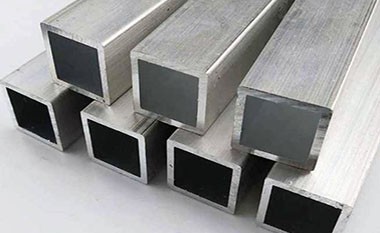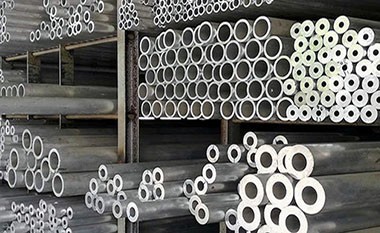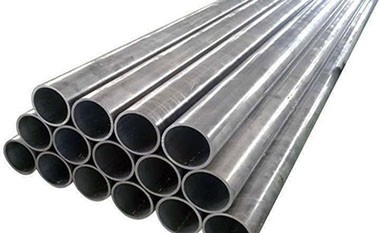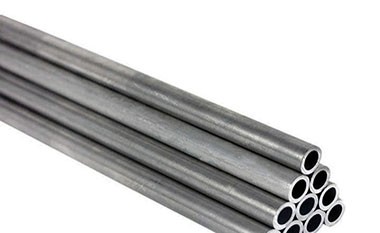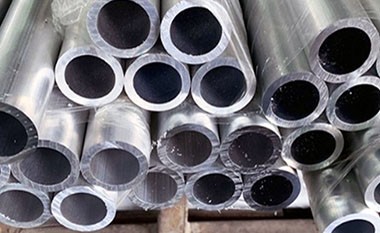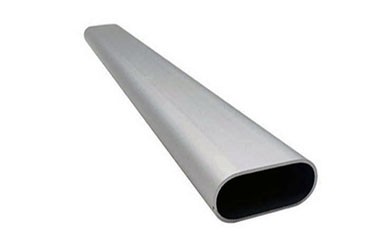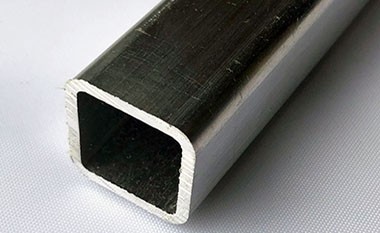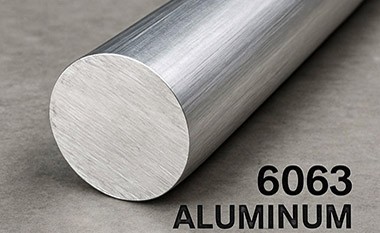6063 vs 6061
- 6063 alloy is mainly used for high-quality extrusion, featuring excellent surface finish, good weldability, and medium strength.
- 6061 alloy is one of the most widely used structural alloys, with higher strength, slightly lower extrusion performance, more complex alloy composition, but similar density (2.70 g/cm³).
6063 alloy is suitable for architectural extrusions (window and door frames, railings), while 6061 alloy is more suitable for structural components (aircraft parts, bicycle frames, automotive parts).
- 6061 material is suitable for: structural parts, high-stress applications, and machining.
- 6063 material is suitable for: architectural profiles, corrosion resistance, and cost-effectiveness.
6063 exhibits better plasticity in naturally aged condition, making it suitable for complex cross-section extrusion. 6061, after heat treatment, has higher strength but lower plasticity.
Main Differences Between 6063 and 6061
- Strength: 6061 > 6063
- Extrusion performance and surface finish: 6063 > 6061
- Alloy complexity: 6061 (Mg-Si-Cu-Cr) vs. 6063 (only Mg-Si)
- Density and modulus: almost the same
- Applications: 6063 is used for anodized architectural profiles; 6061 is used for structural parts, load-bearing parts, and general-purpose components.
Chemical Composition of 6063 vs 6061
Both belong to the 6000 series (main alloying elements are magnesium and silicon), but their proportions differ:
6061 Aluminum Chemical Composition
- Magnesium: 0.8–1.2%
- Silicon: 0.4–0.8%
- Higher copper (0.15–0.4%) and chromium (0.04–0.35%).
6063 Aluminum Chemical Composition
- Magnesium: 0.45–0.9%
- Silicon: 0.2–0.6%
- Lower impurity content (copper ≤0.1%, chromium ≤0.1%).
The higher Mg-Si ratio in 6061 enhances strength, while 6063 focuses more on extrusion performance and surface finish.
6063 vs 6061 Mechanical Properties
| Property | 6061-T6 | 6063-T6 |
| Tensile Strength | 290–310 MPa | 215–240 MPa |
| Yield Strength | 240–276 MPa | 160–214 MPa |
| Elongation | 12–17% | 8–18% |
| Brinell Hardness | 95 HB | 73 HB |
| Fatigue Strength | ~97 MPa | ~69 MPa |
6061 is stronger and harder, ideal for structural loads. 6063 offers moderate strength but better ductility
6063 vs 6061 Physical and Thermal Properties
Density: Both ~2.7 g/cm³ .
Thermal Conductivity:
- 6061: 154–167 W/m·K
- 6063: 200–209 W/m·K
Electrical Resistivity:
- 6061: 3.99×10⁻⁸ Ω·m
- 6063: 3.30×10⁻⁸ Ω·m
6063 is better for heat dissipation and electrical applications.
6063 vs 6061 Heat Treatment and Tempers
- 6063 Tempers: O (annealed), T1, T4, T5, T6 (peak strength), T832 (enhanced strength/surface finish)
- 6061 Tempers: O, T4, T6 (peak), T651 (stress-relieved), T8/T9 (enhanced crack resistance)
Corrosion Resistance: 6063 vs 6061
Both alloys perform well, but 6061, due to its copper content, is more stable in specific corrosive environments. 6063 has stronger surface adhesion and forms a denser oxide film.
Both alloys offer good corrosion resistance, but 6063, with its smoother surface and lower impurity content, performs excellently in harsh environments (such as marine or architectural settings).
6061 requires protective coatings (e.g., anodizing) for long-term outdoor use.
Formability and Machinability: 6063 vs 6061
Extrusion Performance: 6063 vs 6061
6063 alloy is the most commonly used extrusion alloy due to its smooth surface finish and ability to form complex profiles. 6061 alloy also extrudes well but has slightly poorer machinability and a rougher surface.
- 6063 is the number one extrusion alloy, ideal for producing complex, thin-walled profiles (such as window frames).
- 6061 has lower extrudability but can handle thicker cross-sections.
Machinability: 6063 vs 6061
- Both alloys are easy to machine, with 6061 offering slightly better chip control and tool life due to its higher strength.
- 6061 produces cleaner chips and is preferred for CNC machining.
Weldability: 6063 vs 6061
- Both alloys are weldable via TIG/MIG, with very low cracking rates. 6063 welds drop to O temper strength but can be re-aged. 6061 welds usually retain better strength (about 60–70% of base material).
- Both have good welding performance (TIG/MIG), but the heat-affected zone in 6061 may lose about 40% of its strength unless post-heat-treated.
Surface Finish and Aesthetics: 6063 vs 6061
6063 provides a smoother surface after extrusion and more uniform anodizing, making it the preferred material for architectural applications (such as door frames and decorative trims).
6061 generally requires additional polishing to achieve aesthetic appearance.
6063 vs 6061 Applications
| 6061 | 6063 |
| Aircraft components | Window/door frames |
| Truck chassis | Electrical conduits |
| Bicycle frames | Furniture & railings |
| Marine hardware | Irrigation tubing |
| Structural machinery | Sign frames |
6061 dominates high-strength applications, while 6063 is preferred for aesthetic and corrosion-resistant uses.
Selection Recommendation: 6063 vs 6061
- High Strength Requirements: Prefer 6061-T6
- Complex Profiles and Aesthetic Needs: Recommend 6063-T5/T6
- Cost and Processing Efficiency: Both are similarly priced, but 6063 is more economical in extrusion processes
Maybe also you like:


